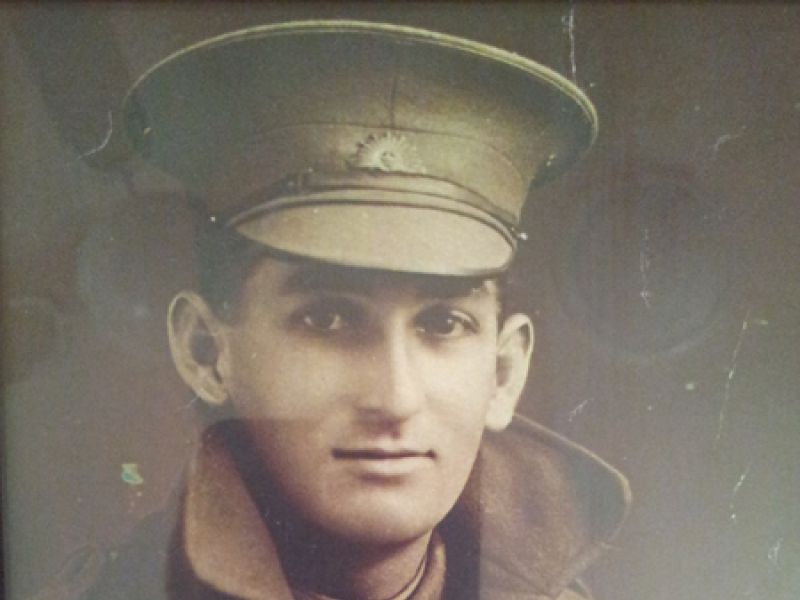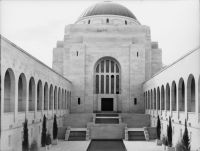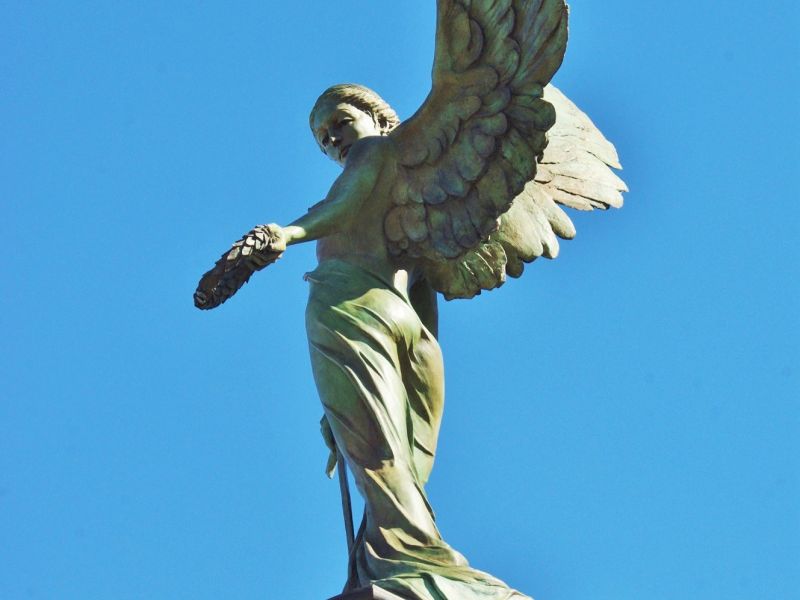Private Stanley Arthur Johnson, 18th Australian Infantry Battalion, AIF
Stanley Johnson was born in January 1892 to Hannah and William Johnson of Newcastle, New South Wales. The family moved to Marrickville, a suburb of Sydney, when he was young. After leaving school, Johnson worked as a clerk and book keeper there. He married Imelda McGovern of Goulburn, and the couple had three children.
Johnson enlisted in the Australian Imperial Force in June 1916, joining the reinforcements of the 18th Australian Infantry Battalion. He embarked from Sydney on the transport ship Ascanius in October, arriving in England at the end of December. He trained in England for six months before sailing to France in July, where he joined the 18th Battalion at Bapaume.
The battalion was engaged in training during the European summer months. The training aimed to prepare the troops for the conditions they expected to face while fighting on the Western Front. The 18th Battalion undertook several forest fighting exercises in woods in the reserve areas. The soldiers heard a lecture on the effects of German gas shells and protective measures against them. There was also time for leisure activities. The battalion diary records instances when the men were able to go swimming, as well as their successful cricket season against the other battalions.
In September, the battalion moved north to Steenvorde, near the Belgian border. There they prepared to join the major British offensive in Flanders. The battles that made up this offensive are known collectively as the Third Battle of Ypres. The 18th Battalion took part in the first of these, the battle of Menin Road, on 20 September. The unit successfully captured and held their objectives, but at a high cost of over two hundred casualties. In the days after the battle, Johnson and the men of the 18th Battalion were relieved and moved into billets near Ypres. They spent the rest of the month training for the next assault.
At the battle of Broodseinde in early October, the 18th Battalion was in a reserve position, supporting the 2nd Division of the AIF. In this battle the Australians again captured their objectives, but again at a high cost. On the days without major battles, the attackers and the defenders both carried out smaller-scale raids on each other’s trenches. It was during one such raid by German troops, on 8 October 1917, that Johnson was badly wounded. He was taken to a casualty clearing station, but died that evening. He was 25 years old.
Stanley Johnson was buried at Lijssenthoek Military Cemetery in Belgium, alongside nearly 10,000 other Commonwealth soldiers of the First World War.
He was survived by his parents, brothers and sisters, as well as his wife Imelda, and his three children: Phyllis, Arthur and Lawrence.
- AWM Roll of Honour https://www.awm.gov.au/collection/R1644539

 Australian War Memorial
Australian War Memorial